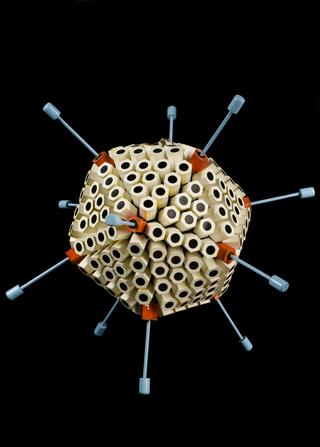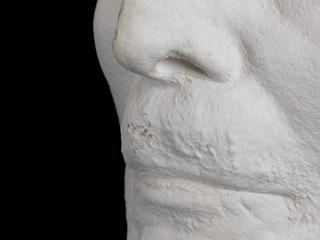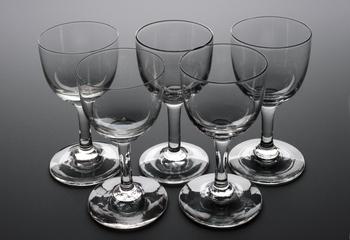
Glass flask containing urine
- Made:
- 1865-1877 in United Kingdom
- maker:
- Joseph Lister

Glass flask, containing urine, prepared by Lister, used in his experiments on putrefaction, from 1871-1877
This glass flask was used by Joseph Lister (1827-1912) in his experiments on putrefaction. He boiled urine in flasks of different types. Some had straight necks and others were twisted and bent. Urine in the straight-necked flasks decomposed but the twisted-neck flask, where dust had been caught, remained unchanged. This led Lister, like Pasteur before him, to conclude that “something in the air” or “germs” caused decomposition. From this Lister supposed that germs were the cause of infection, which led him to develop antisepsis. Later, Lister used his flasks as teaching aids in the lecture hall.
Details
- Category:
- Microbiology
- Collection:
- Sir Henry Wellcome's Museum Collection
- Object Number:
- A629468
- Measurements:
-
overall: 192 mm x 98 mm x 152 mm, .14kg
- type:
- flask
- credit:
- Martin, C.



